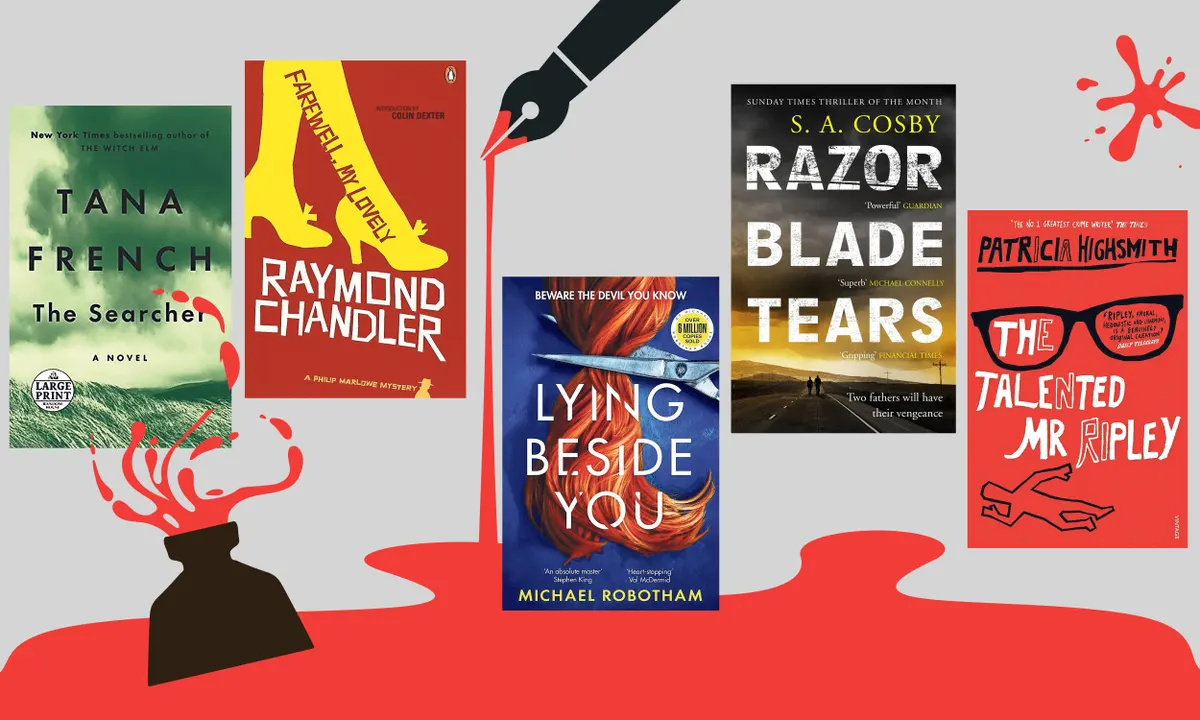Mystery books have long captivated readers with their intricate plots, compelling characters, and suspenseful narratives. From the classic whodunits of Agatha Christie to the modern thrillers of Gillian Flynn, mystery novels continue to be a popular genre that keeps readers on the edge of their seats. One of the key elements that make mystery books so engaging is their plots. In this article, we will explore what makes the plots of mystery books so captivating and how authors craft these compelling stories, especially in the context of mystery books for young readers.
The Art of Intrigue: Creating a Compelling Mystery
At the heart of every mystery book is, of course, the mystery itself. Whether it's a murder, a theft, or a disappearance, the central puzzle is what drives the narrative forward and keeps readers hooked. Authors must carefully craft their mysteries, laying out clues and red herrings in a way that keeps the reader guessing until the very end.
Building Suspense: The Importance of Pacing
Pacing is crucial in mystery books. Authors must strike a balance between revealing enough information to keep the reader interested and holding back enough to maintain suspense. A well-paced mystery will keep readers turning the pages, eager to uncover the truth behind the mystery.
The Power of Characters: Creating Memorable Investigators
Another key element of mystery books is the characters, particularly the investigator or detective. Whether it's Sherlock Holmes, Hercule Poirot, or a modern-day sleuth, the investigator is often the driving force behind the story. Authors must create a compelling and relatable protagonist to guide readers through the mystery.
Plot Twists and Turns: Keeping Readers Guessing
One of the hallmarks of a good mystery book is the unexpected plot twist. Whether it's a shocking revelation about a character or a sudden turn of events, a well-executed plot twist can elevate a mystery from good to great. Authors must carefully plan their twists and turns, ensuring that they are both surprising and believable.
Creating a Sense of Place: Setting the Scene
The setting of a mystery book can also play a crucial role in its plot. Whether it's a quaint English village or a gritty urban landscape, the setting can help create a mood and atmosphere that enhances the mystery. Authors must carefully describe their settings, immersing readers in the world of the story.
The Art of Clue-Dropping: Balancing Information and Misdirection
One of the challenges of writing a mystery book is knowing how much information to reveal and when. Authors must carefully balance clue-dropping with misdirection, ensuring that readers are given enough information to solve the mystery themselves but not so much that the ending is predictable. This delicate balance is what keeps readers engaged and invested in the story.
Conclusion
The plots of mystery books are what make them so engaging to readers. From the creation of a compelling mystery to the development of memorable characters, authors must carefully craft every aspect of their story to keep readers guessing until the very end. By mastering the art of intrigue, pacing, and plot twists, authors can create mystery books that will captivate readers and stand the test of time.



